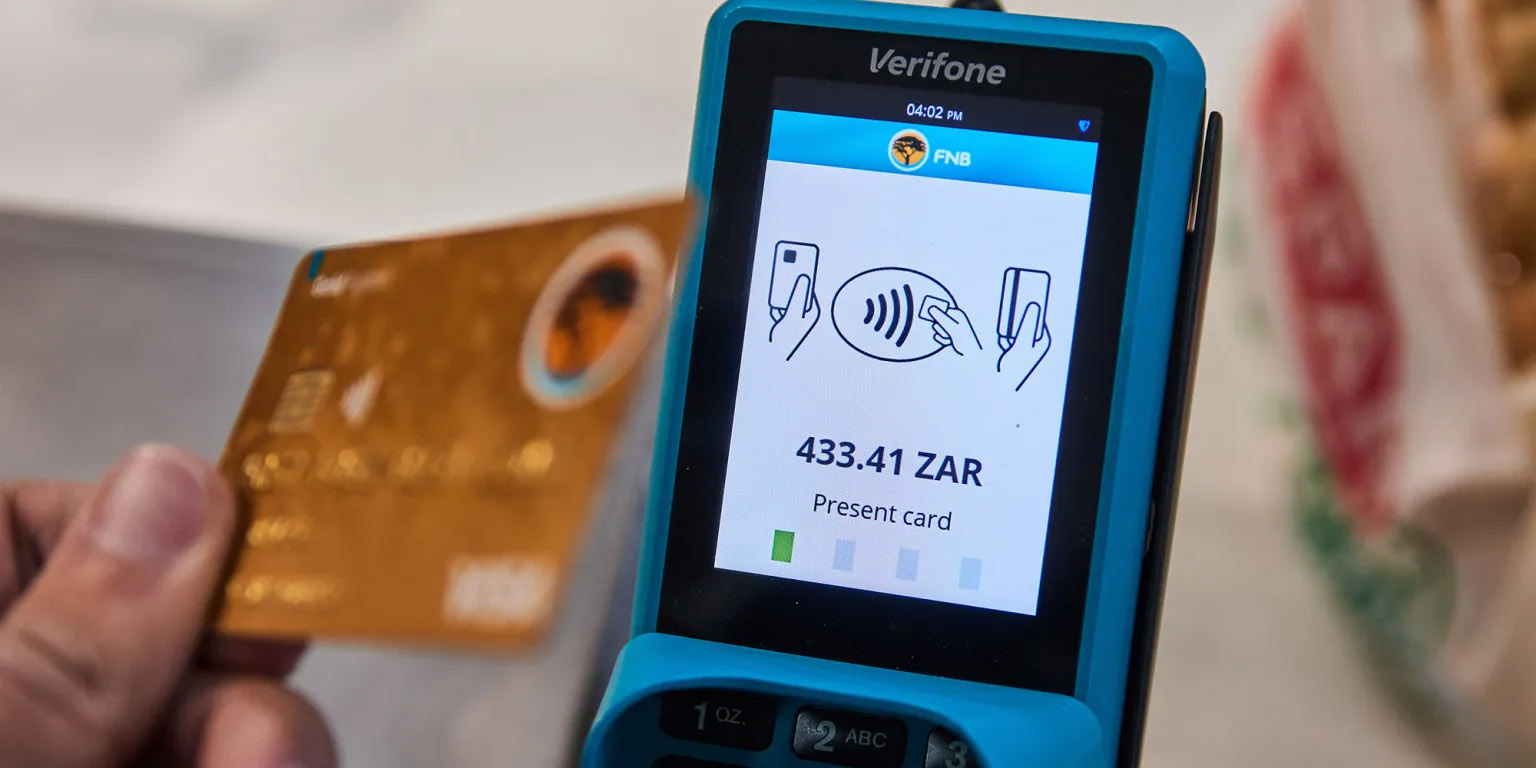South Africa is fast embracing the digital world and the publication of a Digital Payments Roadmap by the South African Reserve Bank last week moves us one step closer.
In collaboration with the National Treasury and the payment industry, the SA Reserve Bank has already advanced the provision of seamless, safer, convenient, affordable and faster digital payment offerings. These include the phasing-out of cheques, the launch of the new faster payments system PayShap in March 2023, and the introduction and use of contactless payments and quick response (QR) codes.
Despite these accomplishments, the pace of adoption of new digital payment channels and the utilisation of existing digital payment options in South Africa has been sluggish, due to several barriers. These include an over-reliance on cash, coupled with high costs to consumers and small, micro and medium-sized enterprises; fragmented systems; financial exclusion of under-served and disadvantaged communities; financial and digital illiteracy; slow modernisation of legacy systems; restricted access to infrastructure, including internet/wi-fi; and a lack of trust in digital payments.
The Finscope Consumer Survey 2023 found that over the past 10 years, there had been notable rises in financial inclusion. Measures that demonstrate this include:
- An increase in bank accounts from 52% to 84%;
- The use of formal credit moved from 26% to 60%;
- The use of formal channels for money transfers shifted from 35% to 56%; and
- An increase in informal savings from 10% to 30%.
However, Jabulani Khumalo, senior data and analytics specialist at FinMark Trust said that at the same time, financial products that enabled goal setting, risk mitigation and future planning were stagnating, falling or getting worse.
“Only 13% of people in 2003 borrowed money to purchase food; by 2023, that number had risen to 40%. Policies for non-funeral insurance marginally decreased from 24% in 2003 to 22% in 2023. Since 2003, non-life insurance policies have remained at 11%, while medical assistance and retirement products have decreased from 17% to 12% and 12% to 7%, respectively,” he said.
The roadmap identifies and proposes ways to remove these obstacles, increase digital payment accessibility and usability and unlock the potential of digital payments to grow economic activity and trade, while uplifting the lives of ordinary South Africans. The successful execution of the roadmap will enhance access to, and the effective utilisation of, digital payments to support the socioeconomic needs of all South Africans.
The stakeholders that have been identified to implement the roadmap actions include the SA Reserve Bank, the National Treasury, other regulatory authorities, government departments, agencies and municipalities, the payment industry, fintechs, mobile money operators and consumers.
Consumer trust
Lerato Lamola, a partner at Webber Wentzel, said the overarching challenge that needed to be overcome was consumer trust in digital payments. “A lack of trust influences how consumers adopt and interact with digital platforms,” she said.
The 17 action items that the Digital Payments Roadmap has pinpointed to be rolled out in collaboration with other identified stakeholders over the next two years are:
- Education: The development and implementation of digital payment literacy or an educational and awareness strategy and programmes.
- Reliable internet and mobile network coverage: The provision of stable, reliable internet and mobile network coverage to rural areas, under-served communities, micro SMEs including spaza shops, townships, churches, schools, hospitals, Sassa pay points and cash-intensive sectors such as the agricultural and the transport sectors.
- Energy sources: The leveraging of alternative sources of energy such as solar, generators, uninterruptible power supplies, inverters and power banks.
- Offline payments: Enabling offline payment functionality for low-value payments.
- Distribution network: A payment services distribution network (agency model) should be enabled and expanded.
- Interoperability: Enabling and facilitating the interoperability between the current closed-loop store of value/wallets, mobile money/e-money and remittances (ie, retailer, mobile and bank wallet services and remittances) and the interoperability of wallets with bank accounts.
- Alternate merchant options: Engaging with stakeholders in the exploration of alternative merchant payment options such as PayShap.
- Digital identity: Facilitating public-private sector collaboration to develop and deliver digital financial identity solutions in South Africa.
- Card payments: Providing alternative affordable digital payment methods to card payments (eg, mobile money, e-money) and acceptance devices to MSMEs.
- Digitisation of payments across sectors: Facilitating the digitisation of payments such as farmworkers’ salaries, payments for the transportation and selling of produce and the purchasing of seeds, fertiliser and other related supplies in the agricultural sector.
- Digitisation of the transportation sector: Facilitating the digitisation of short and long-distance taxi payments, through the use of QR codes, contactless card payments, pay by proxy and request-to-pay.
- Digitisation of school service payments: Digitising school service payments, including payments at tuckshops by developing innovative offerings and apps to enable parents to pay school fees and send money to pupils.
- Youth voice: Providing youth-friendly innovative digital payment methods and services to enable digital micro-payments and peer-to-peer payments. This would also include integrating youth voices in digital payments policymaking.
- Women: Developing and targeting digital payments literacy programmes for women, particularly poor rural women.
- Government services: Digitising person-to-government and government-to-person payments end to end (first and last mile).
- Central bank digital currencies (CBDCs): The SA Reserve Bank should further explore the feasibility of digitising money/cash through the issuance of retail CBDCs and use cases for a wholesale CBDC.
- Stablecoins: Accelerating the selection and testing of stablecoin use cases in the regulatory sandbox.
When releasing the roadmap last week, the SA Reserve Bank acknowledged that some of the more ambitious goals outlined may require further research and assistance from other government departments and stakeholders.
“The path has, however, been set and the desire is for all relevant stakeholders to jump on board the digital road trip,” Lamola said. DM





